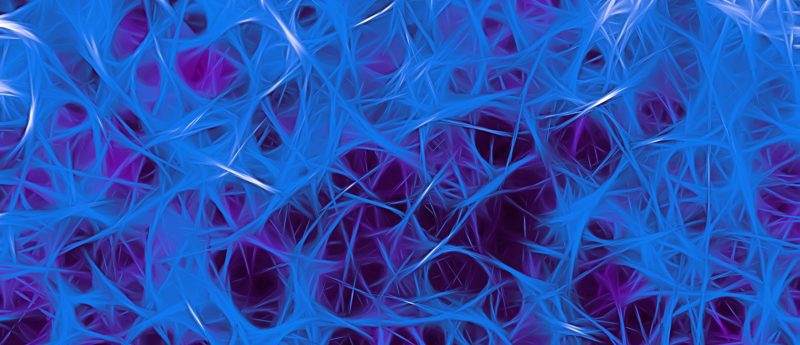Gene therapy could replace neurons lost to Huntington’s disease?

Researchers have developed a gene-therapy approach to convert astrocytes to neurons. Use of this method in a Huntington’s disease mouse model alleviated symptoms.
Researchers from Jinan University (Guangzhou, China) and Pennsylvania State University (PA, USA) have collaborated on a study utilizing gene therapy to reprogram astrocytes into a particular type of neuron in mice. The authors of the paper, published in Nature Communications, suggested that the new therapy could be utilized to treat Huntington’s disease, after it improved motor function in the animal models.
“We are developing a series of NeuroD1-based gene therapies to reprogram brain internal glial cells directly into functional new neurons to treat a variety of brain disorders including HD, Alzheimer’s disease, stroke, ALS and many more,” explained Gong Chen (Jinan University).
By utilizing adeno-associated virus-based gene therapy, the team were able to express the neural transcription factors NeuroD1 and Dlx2 in the astrocytes, causing their reprogramming.
“In order to generate GABAergic neurons, we combined NeuroD1 together with another transcription factor, Dlx2, which is known to generate GABAergic neurons during early brain development, and successfully converted striatal astrocytes into GABAergic neurons in HD mice,” expanded Zheng Wu (Pennsylvania State University).
GABA neurons are the major neuronal type found within the brain, and these cells can be lost in Huntington’s disease during the accumulation of the Huntington protein.
By examining brain slices, the researchers were able to validate that the new GABAergic neurons were electro-physiologically functional and were even capable of forming circuits with other neurons, raising the possibility the cells could integrate with the global brain circuitry.
Administering behavioral tests to the mice revealed that motor function was significantly improved in the treated mice and their lifespan was extended.
“Our regenerative gene therapy approach is different from conventional gene therapy that typically aims at the mutant genes by either correcting the gene mutations or reducing the mutant gene product, such as reducing mutant Htt aggregates in HD patients,” stated Chen. “Obviously, reducing mutant Htt aggregates at early stage might slowdown the disease progression but it cannot regenerate new neurons for the late stage patients.”
While the new cells could still potentially produce mutant Htt, the research team hope that their AAV based gene therapy may be combined with gene editing to halt further deterioration and restore function.
Sources: Wu Z, Parry M, Hou XY et al. Gene therapy conversion of striatal astrocytes into GABAergic neurons in mouse models of Huntington’s disease. Nat. Comm. 11, 1105 (2020);